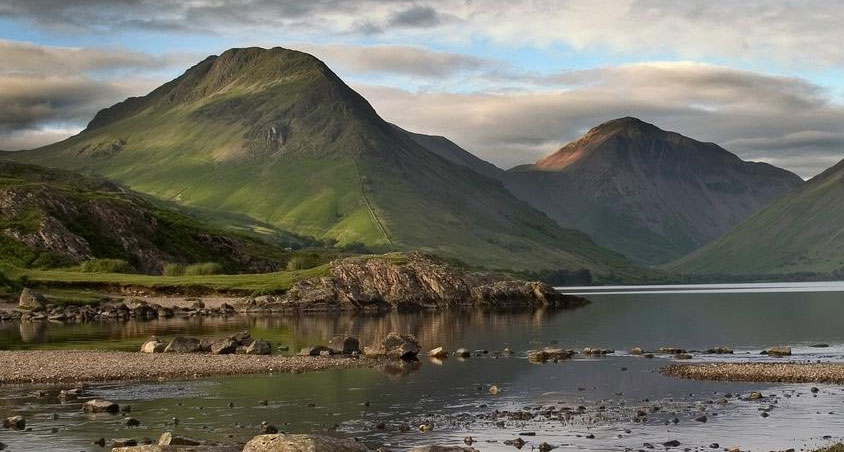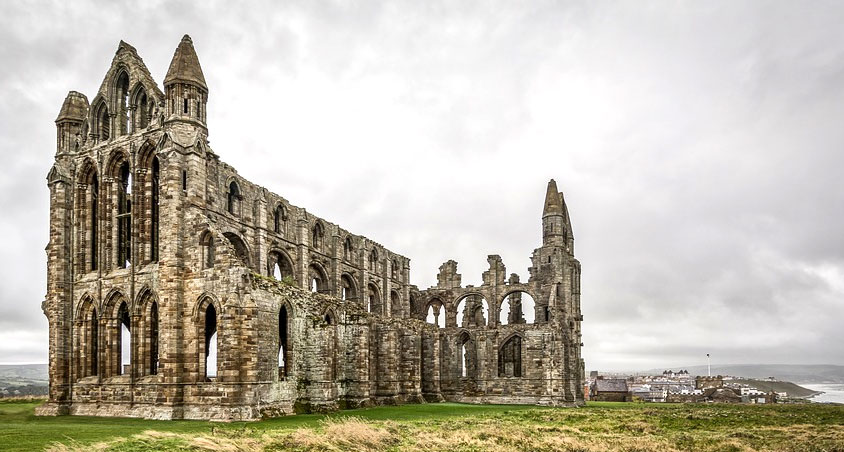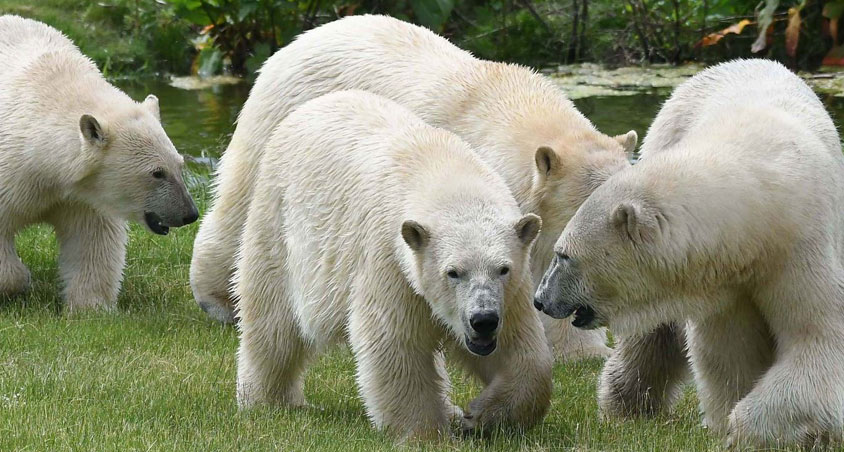In the quest for the best real money online, knowing what to look for is half the battle. This article breaks down the crucial elements that define a premier gaming experience. Join us to discover to what you should pay attention when choosing the best online casino for you.
Player reviews of online casino
What is the #1 real money online casino? When searching for the best online casino for real money, consider what other players have to say. Feedback from fellow gamblers can shed light on the overall quality and reliability of the site itself. Most importantly, the best online casinos stand out by consistently receiving high praise across multiple review platforms.
Online casino licensing and regulation
A license is a stamp of approval from a recognized authority. It promises that the best online casinos adhere to strict standards for fairness and security. These regulations protect you from fraud and ensure fair play. Always verify the licensing information before playing to guarantee a safe and legitimate gaming experience.
Accessibility of online casino
Ease of access is vital for a superior gaming experience. The best real money online casino provides intuitive interfaces that function flawlessly on various devices. Whether using a desktop or mobile, this seamless operation ensures all players can effortlessly engage with their preferred games. Such adaptability is what elevates a platform in the eyes of its subscribers.
Online casino payout consistency
Reliable payouts are the hallmark of the best online casinos. They guarantee that winnings reach your account swiftly and smoothly. Plus, the best online casino real money sites uphold a transparent process to let you track and confirm each transaction. This consistency in payouts builds trust and makes every win satisfying.
Online casino game quality
Outstanding software providers are a signature feature of the best online casino for real money. So that it can deliver a diverse array of games with superior graphics and engaging gameplay. In fact, the best online casinos work with industry leaders like Evolution, Play’n Go and Push Gaming to ensure each game is enjoyable and secure.
Online casino game fairness
Game fairness is paramount at any best online casino real money site. Reliable independent auditors such as eCOGRA regularly test games to certify their randomness and fairness. This rigorous scrutiny ensures that every player has an equal chance of winning. Note that the digital casinos which prioritize fairness build lasting trust with gamblers.
Overall security of a casino site
Security remains a top priority at the best online casinos. These sites implement cutting-edge encryption technology to secure your personal and financial details. Continuous monitoring and updates fortify these protections for a safe gaming atmosphere. Players can thus immerse themselves in the experience and trust in the comprehensive security measures in place.
Online casino payment methods
The best online casinos offer a variety of payment methods to suit everyone’s needs. From traditional bank transfers to modern e-wallets and cryptocurrencies, options abound for both deposits and withdrawals. Such diversity allows you to manage your funds easily and securely. Contributing to a smoother overall gaming experience at the best real money online casino.
Online casino customer Support
Effective customer support stands as a defining trait of the best online casino for real money. This platform provides round-the-clock assistance to make sure that help is rapidly accessible. Whether you face issues with payments, gameplay or account settings, the support teams at the best online casinos are trained to resolve problems quickly via live chat or email.
Bonus and promotions of casino online
Bonuses and promotions are powerful tools used by the best online casinos to attract and retain players. These offers range from welcome bonuses to regular promotions. Every promotion is thoughtfully designed to give you more chances to win and extend your playtime. At the best online casino for real money, these benefits can turn the tide of your gaming session and make each bet a little more thrilling and rewarding.
Social elements present at online casino site
The best online casinos recognize the importance of social elements to upgrade the gaming session. Therefore, they provide features like tournaments and interactive chat rooms that foster member engagement. Besides, the best online casino real money favors this communal atmosphere to recreate the lively vibe of physical casinos.
Conclusion
The best online casinos don’t just offer games; they deliver a comprehensive experience crafted around gambler satisfaction and security. From their meticulous attention to detail in game fairness to their commitment to player support, these platforms set the gold standard in the online gambling world. Step into a realm of possibilities where each play could lead to your next big win.




